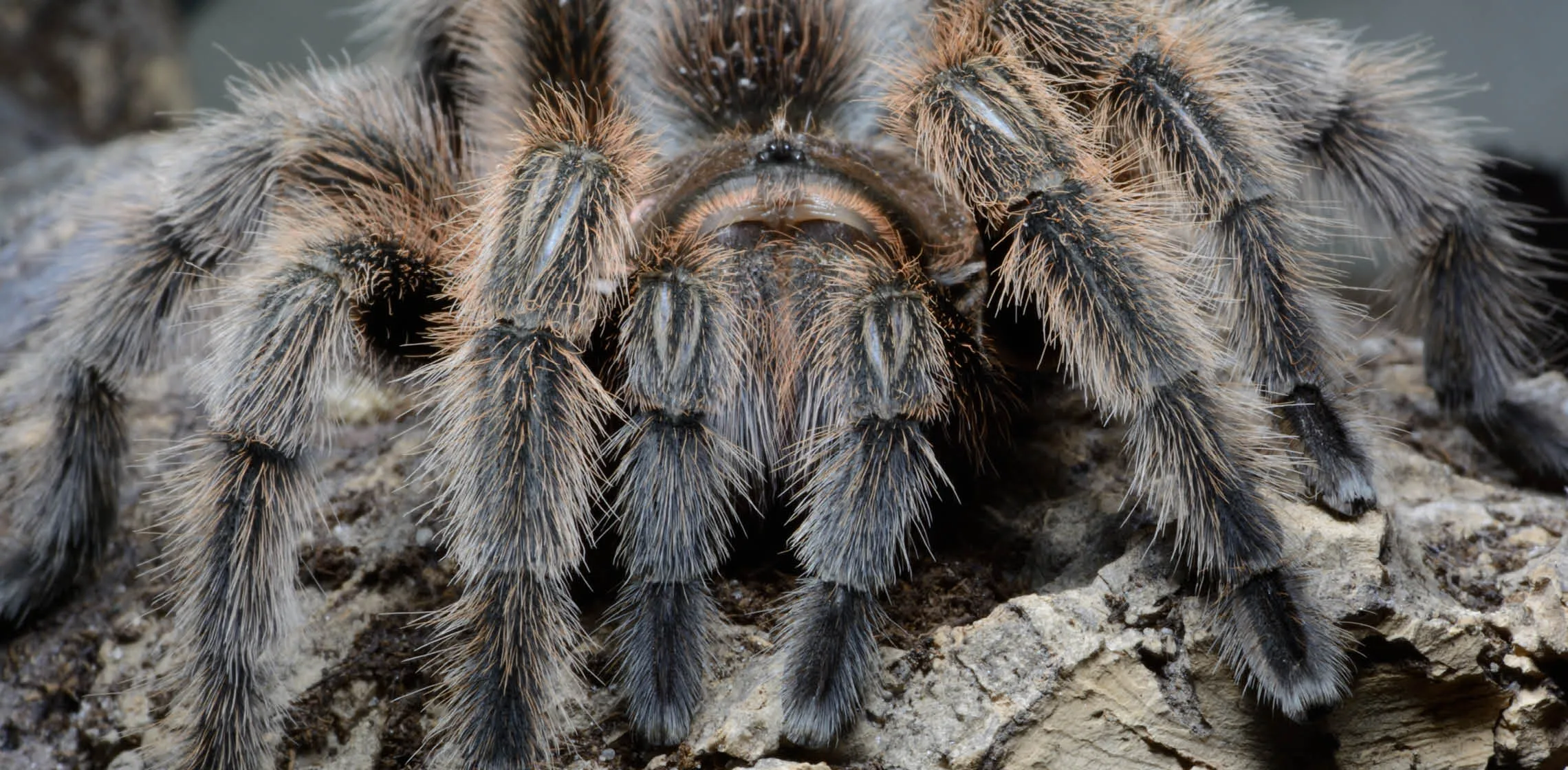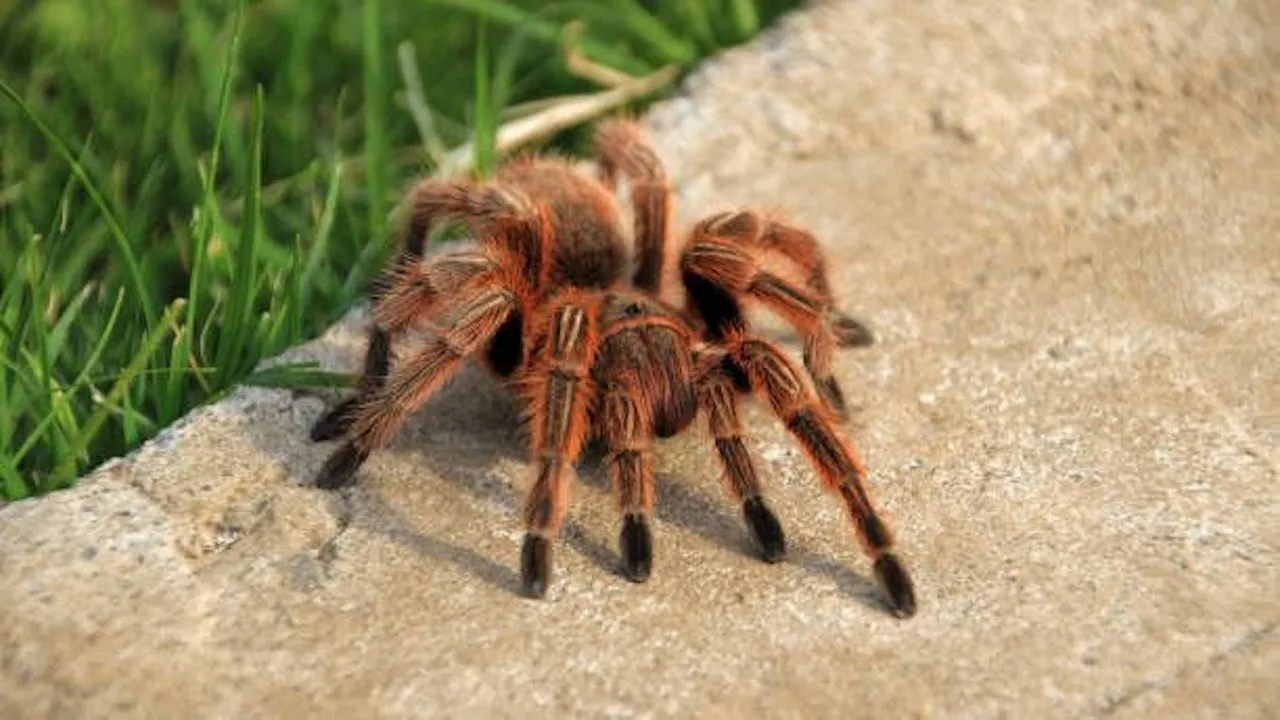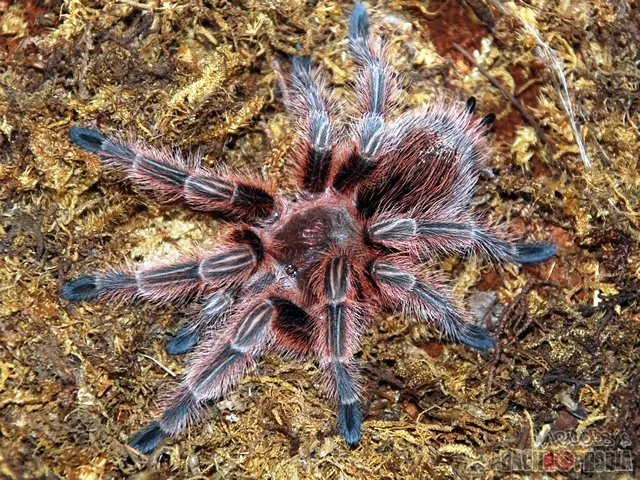Understanding the Chilean Rose Tarantula (Grammostola rosea)
The Chilean Rose Tarantula (Grammostola rosea), is a popular pet tarantula, known for its docile temperament and relatively low-maintenance care requirements. Native to the arid regions of Chile, Argentina, and Bolivia, these spiders are hardy and well-suited to captive environments. Their coloration is generally a mix of browns and pinks, giving them their common name. Understanding the basics of this species is crucial for anyone considering owning one, as it sets the foundation for understanding their lifespan and care needs. Their popularity stems from their manageable size, slower movement compared to some other species, and their ability to tolerate a range of conditions. This makes them a good choice for beginner tarantula keepers. These spiders are also known to be relatively long-lived compared to other spider species, which adds to their appeal as a pet.
Average Lifespan of a Male Chilean Rose Tarantula
When considering how long does a male Chilean Rose Tarantula live, it is important to understand that male and female tarantulas have vastly different lifespans. On average, a male Chilean Rose Tarantula lives for approximately 5 to 10 years. This lifespan is significantly shorter compared to the females of the same species. This shorter lifespan is primarily due to the fact that males mature faster and their primary purpose is to mate. After reaching maturity, males often lose interest in eating and actively seek out females. This phase marks the beginning of the end of their lives. The time spent searching and the mating process itself take a toll on their bodies, leading to a shorter overall lifespan. This is a natural part of their life cycle, so it’s crucial to be aware of this if you own or are considering owning a male Chilean Rose Tarantula.
Factors Influencing Lifespan

Several factors play a critical role in determining how long does a male Chilean Rose Tarantula live. The primary factors include diet, environmental conditions, and overall health. A well-balanced diet rich in essential nutrients is crucial for promoting a long and healthy life. The environment, including temperature and humidity, must be carefully controlled to prevent stress and promote well-being. Regular health checks and prompt intervention for any health issues are also essential for ensuring the tarantula’s longevity. Other factors, such as genetics and the initial health of the spider at the time of acquisition, can also contribute to its lifespan. These factors work in concert to determine the overall health and lifespan of the tarantula. Proper care, attention to detail, and a proactive approach to their well-being can significantly impact their longevity.
Diet and Nutrition Impact
Diet and nutrition have a profound impact on the lifespan of a male Chilean Rose Tarantula. A diet consisting of appropriately sized insects, such as crickets, roaches, and mealworms, is necessary for providing the essential nutrients. The frequency of feeding should be adjusted based on the tarantula’s age and size, with younger tarantulas requiring more frequent meals. Overfeeding can lead to obesity and health problems, whereas underfeeding can cause malnutrition. It’s important to ensure that the insects are gut-loaded with nutritious food before feeding them to your tarantula to maximize the nutritional value. Providing fresh water at all times is equally essential for hydration. A well-balanced diet contributes to the tarantula’s overall health, bolstering its immune system and enhancing its ability to withstand various health challenges, which directly impacts its longevity.
Environmental Conditions and Their Effect
The environmental conditions within the tarantula’s enclosure greatly affect its lifespan. The ideal temperature for a Chilean Rose Tarantula ranges from 75 to 85 degrees Fahrenheit (24 to 29 degrees Celsius). Maintaining the correct humidity levels is also important, generally around 60-70%. Improper temperature can stress the spider, making it more susceptible to diseases. Too high humidity can lead to mold and bacterial growth, while insufficient humidity can cause molting problems. The enclosure should provide enough space for the tarantula to move and molt comfortably, with suitable substrate for burrowing and hiding. Adequate ventilation is also essential to prevent the buildup of harmful gases. Regularly cleaning the enclosure and providing a stress-free environment can significantly contribute to the tarantula’s health and increase its lifespan, ensuring that the spider lives as long as it possibly can.
Common Health Issues and Their Impact

Chilean Rose Tarantulas, like all living creatures, can encounter health issues that can impact their lifespan. Some common health problems include parasites, fungal infections, and injuries from falls or attacks. Parasites can weaken the tarantula, making it susceptible to other illnesses. Fungal infections often arise in enclosures with poor ventilation and high humidity. Injuries can occur during molting or if the tarantula is handled roughly. Recognizing the early signs of illness is crucial for timely intervention. These signs can include lethargy, loss of appetite, unusual posture, and discoloration. Prompt treatment by a qualified veterinarian specializing in arachnids can prevent minor issues from escalating and causing severe health problems. Providing a clean, stress-free environment and monitoring the tarantula regularly helps identify health issues early and contribute to a longer lifespan.
Signs of Aging in Male Chilean Rose Tarantulas
As male Chilean Rose Tarantulas approach the end of their lifespan, there are several signs of aging. These signs include a decrease in appetite, reduced activity levels, and slower movement. The tarantula may also show signs of dehydration, and its abdomen might appear smaller than usual. Additionally, they might have difficulty molting or show signs of wear and tear on their exoskeleton. In some cases, the pedipalps and legs may lose some of their function. These changes are a natural part of the aging process and can vary in intensity from one tarantula to another. Careful observation and understanding of these signs can help owners provide appropriate care and ensure the comfort of their pet during its final stages. While it’s impossible to stop the aging process, providing a comfortable and stress-free environment can help improve the tarantula’s quality of life during its final months.
Caring for Your Tarantula to Maximize Lifespan
Caring for your male Chilean Rose Tarantula involves several key practices to maximize its lifespan. This starts with providing a spacious and appropriate enclosure with suitable substrate, temperature, and humidity levels. A varied diet of appropriately sized insects is also essential. Regular monitoring of the tarantula’s health is vital for identifying and treating any issues early on. This includes checking for signs of illness, such as lethargy or loss of appetite, and promptly seeking veterinary assistance when needed. Minimize handling to reduce stress and the risk of injury. Avoid overcrowding and ensure the enclosure is clean to prevent the spread of diseases. Providing a stimulating environment with hiding places and a comfortable substrate also helps. By consistently implementing these care practices, you can significantly improve the overall health and well-being of your Chilean Rose Tarantula, which will positively influence its lifespan.
